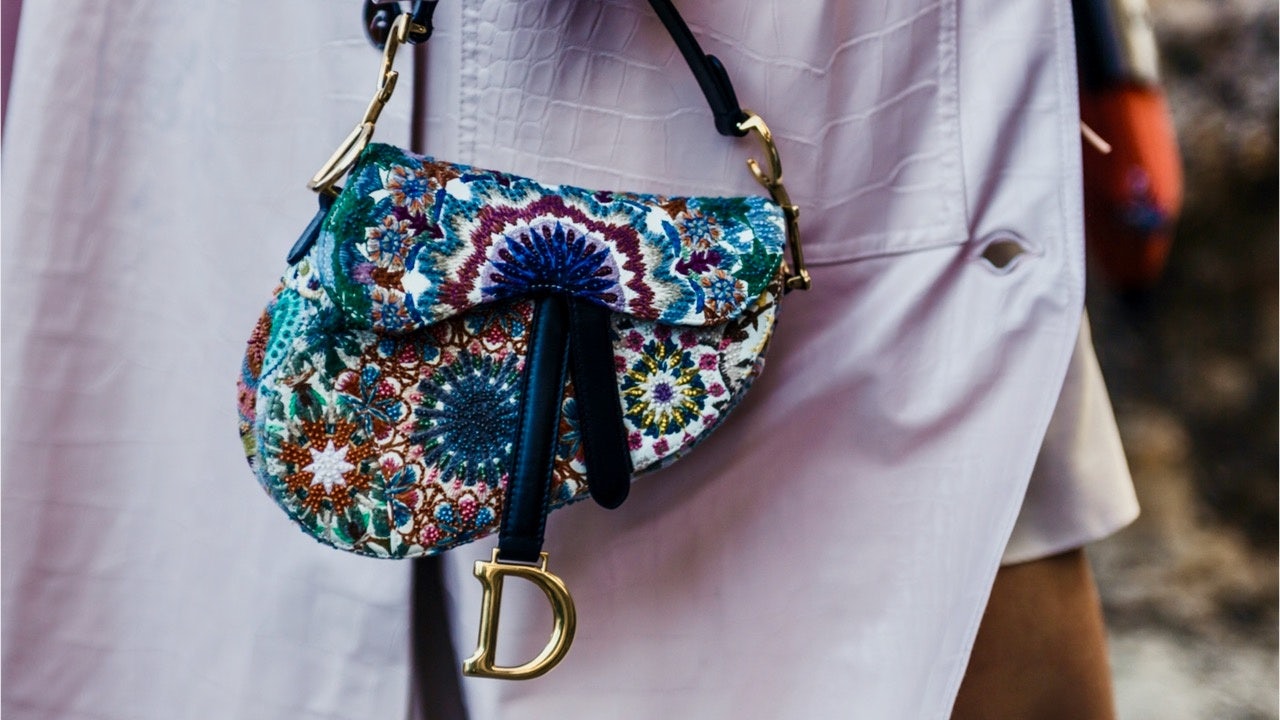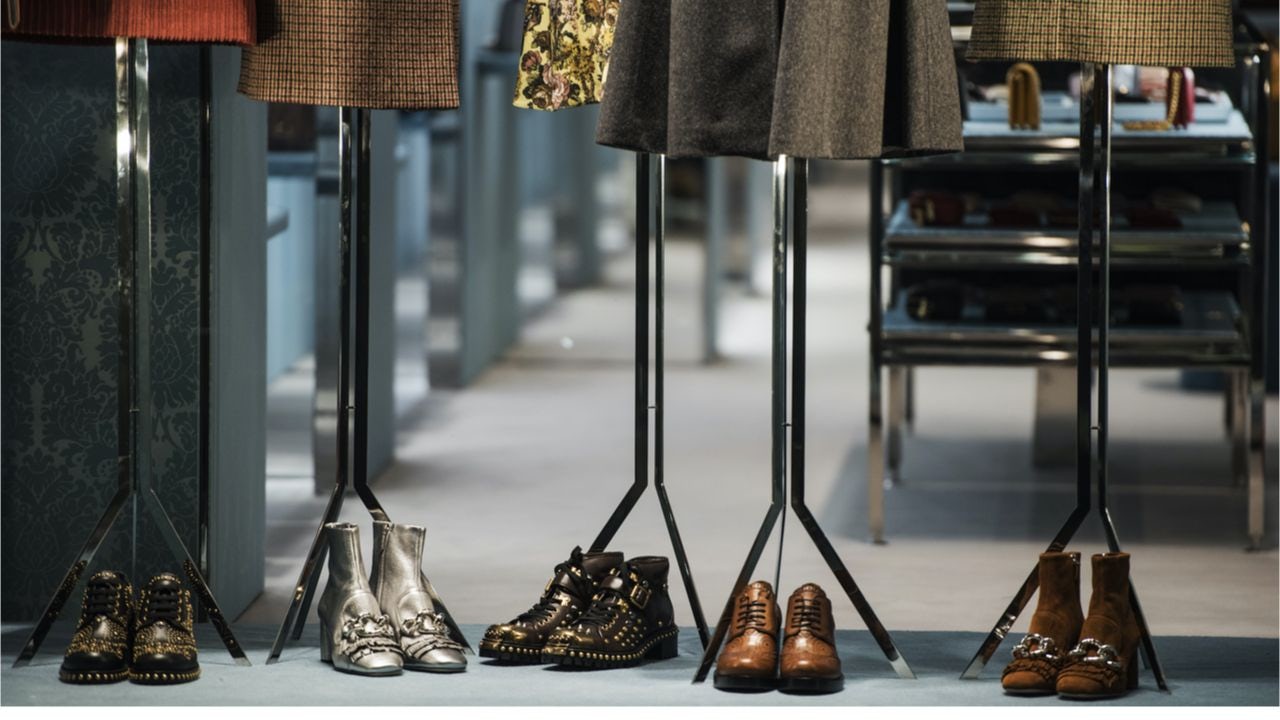With markets in turmoil and uncertainty at peak levels, CEOs of brands — both in and out of the luxury industry — are asking me: What now?
Nearly all sectors have felt an impact. With several parts of China on lockdown and travel between the mainland and Hong Kong restricted, the world’s leading luxury market is hurting. We’ve seen empty stores throughout China and consumers deferring, reevaluating, or canceling their purchases.
After hitting China, the crisis moved to Japan, Korea, Europe, and the US. With growing uncertainty and daily new restrictions bombarding consumers, many are deferring non-essential purchases and focusing on crisis preparation. Sales of hand sanitizers, masks, and toilet paper are booming, and people are willing to buy these items at almost any cost. In Italy, a crisis hotspot and the home of many legacy luxury brands, people are willing to trade their apartments for a protective mask.
The shutdown in Italy is also disrupting supply chains for many brands — from shoes to fashion — that source their products in Italy, even if they operate out of other areas. Backlogs may take several months or quarters to resolve themselves.
Meanwhile, the travel industry all over the world is coming to a standstill. With air travel restrictions, canceled conferences, and more employees working remotely, the demand for travel is plummeting in an unprecedented way. As an example, Cathay Pacific, one of Asia’s leading premium carriers, has grounded most of its fleet and has reduced its flights significantly. Most luxury hotel chains have rooms sitting empty and have lost highly-profitable bookings thanks to canceled conventions.
Fear of infection has also hit shopping malls hard. I visited one of the busiest luxury malls in the US recently, and it was practically empty. The few remaining customers looked like they were trying to avoid contact with salespeople and other visitors.
All of this is globally accelerating the dramatic shift toward a digital economy — a phenomenon we saw in China when the coronavirus first emerged. This crisis is unprecedented, and it will have compound effects on brands, supply chains, and consumer demands and preferences. While the past can be a good teacher on how to deal with a situation like this, the shockwaves from COVID-19 will alter most markets in unimaginable ways. Therefore, applying similar responses from past pandemics won’t work.
However, some important lessons can be learned. Look at the 2008 market crisis, for example. That year, as I was finishing my Ph.D. in luxury strategy and publishing my first book, the world experienced one of the most severe economic recessions in history. A lot of industry experts warned me that it was a bad idea to be in the luxury industry during a crisis, but how wrong they were!
Luxury was one of the few industries that didn’t decline in 2008 (it remained flat with zero growth), while most other markets weakened significantly. This confirmed my research, which says that luxury markets are more crisis-proof than non-luxury markets. This is good news, although not every luxury brand can survive a global crisis.
In times like these, only the strongest brands survive. If a brand can’t create enough value, it will fail, since consumers are even more discerning during a crisis. Companies must remember that if they only define themselves as luxury through expensive prices and beautiful designs, they will quickly be out of the market. Luxury is about extreme value creation, and Added Luxury Value (ALV) — the biggest value component of any luxury brand — is driven by intangible factors that aren't merely product features.
Brands that ignore ALV will be hit harder than they ever imagined because most are too focused on the product. Brands need to ask themselves: How much time do you spend on creating extreme value for your consumers? How many resources do you have focused on building ALV? What is your value creation model? It’s surprising how few companies have a dedicated value creation process in place.
Most managers cannot verbalize what drives the value of their brands compared to what their closest competitors deliver. Typically, we get category answers, like “our difference is performance” for a sportscar. But that’s not a precise answer for a specific brand. All sports cars should have “performance,” so it can’t be a differentiator for a single brand. Managers must go much deeper to unlock the real purpose of their brands.
The brands that came out of 2008 the strongest did a few things better than the others:
First, they put the brand before anything else. They focused on the brand’s core values and made sure the brand storytelling was precise, specific, insight-driven, and differentiating, which created meaningful value for their customers.
Second, they innovated by redefining classic lines, introducing new collaborations, and offering inspired products. This allowed them to influence customers more than their competitors.
Third, they stayed close to their customers by providing brand-specific, personalized, and superior service.
These lessons are essential for the crisis we’re in today. Brands need to identify any gaps in their purpose and positioning and their ability to inspire consumers or provide stand-out service. Denial is not an option. In times of crisis, addressing these gaps and turning them into a competitive advantage will determine which brands can emerge stronger and which brands will disappear. There will be no mercy to underperformers.
However, there’s an important distinction with the coronavirus crisis in that it will accelerate digitization. Many brands brag about their digital capabilities, but now is the time to be honest and take measures where your brand is lacking. Only the strongest digital brands will emerge during this crisis. And today, ‘digitization’ means sophisticated tools that measure digital marketing ROI, real-time insights, content validation and creation via Artificial Intelligence-powered tools, and highly-personalized and automated digital marketing journeys. Most luxury brand managers I speak with can’t tell me which exact topics are trending with their brands on a given week or day, which shows that most brands aren’t prepared for today’s digital reality.
History tells us brands need to act fast. Every crisis is an opportunity for agile brands to create stronger consumer connections and more extreme value. Now is the time to reevaluate, fix gaps, and inspire customers through relevant content, ideas, and actions. In other words, now is the time to prepare your brand for the future. One thing is clear: The world will never be the same. Those who understand this and adapt first will come out winners.
Daniel Langer is CEO of the luxury, lifestyle and consumer brand strategy firm Équité, and the professor of luxury strategy and extreme value creation at Pepperdine University in Malibu, California. He consults some of the leading luxury brands in the world, is the author of several luxury management books, a global keynote speaker, and holds luxury masterclasses in Europe, the USA, and Asia. Follow @drlanger


